Mukti pranayama
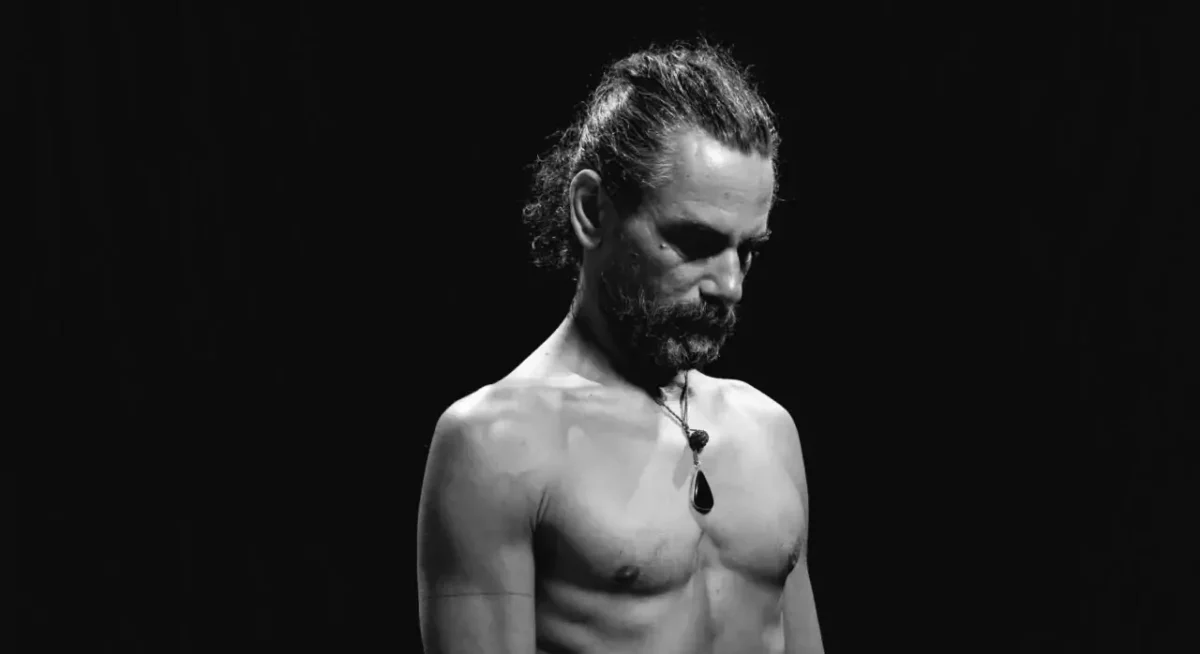
Pranayama is an ancient yogic science of breath. It is thousands of years old and consists of a whole series of different breathing techniques through which the awakening and integration of prana – the life force in the body is directly influenced. When this same dispersed life force is directed into the central energy channel, it will activate the awakening of the primordial prana within the spine – Kundalini Shakti.
Prana and mind are interconnected. As the level of prana in the body rises and integrates, the mind becomes calmer and more focused, which will be reflected in every aspect of life. For someone who has already managed to purify and calm their mind to some extent through the practice of pranayama, meditation will go much easier and more naturally. For this reason, pranayama has always been used as a necessary preparation for meditation.
Pranayama also has countless benefits for human health, from increasing lung capacity, reducing stress levels, cleansing the body of accumulated toxins, improving digestion, cleansing negative emotions, to healing from a whole range of different diseases…
As is the case with Mukti yoga, Mukti pranayama was created after 25 years of Tonči’s daily personal practice, learning and teaching others.
The knowledge of Mukti pranayama is integrated within 5 levels that progressively grow in depth, intensity and benefits.
The first level is open to everyone, while the next four levels require knowledge and practice of the previous levels.
First level
The first level focuses on awakening the practitioner’s inner sensitivity in working with the soft palate, which is the key to opening the central energy channel.
Subtle work with the breath is taught, as well as counting the length of the breath in the traditional way.
Important parts of the first stage of pranayama are work with energy locks (bandhas), relaxation of the body and nervous system, activation of the vagus nerve, integration of opposite forces in the body, prana and apana, within the solar plexus (Manipura) and the initiation and integration of Kundalini Shakti.
At this level, 7 different types of pranayama are taught, which are the most important and most useful for man. This way of practicing contains many internal techniques that unlock and relax the nervous system and dissolve energy blockages in the body where negative emotions have accumulated.
Level 1 knowledge is enough for most people for a lifetime. The following levels are for all those who want to go deep into the practice of pranayama.
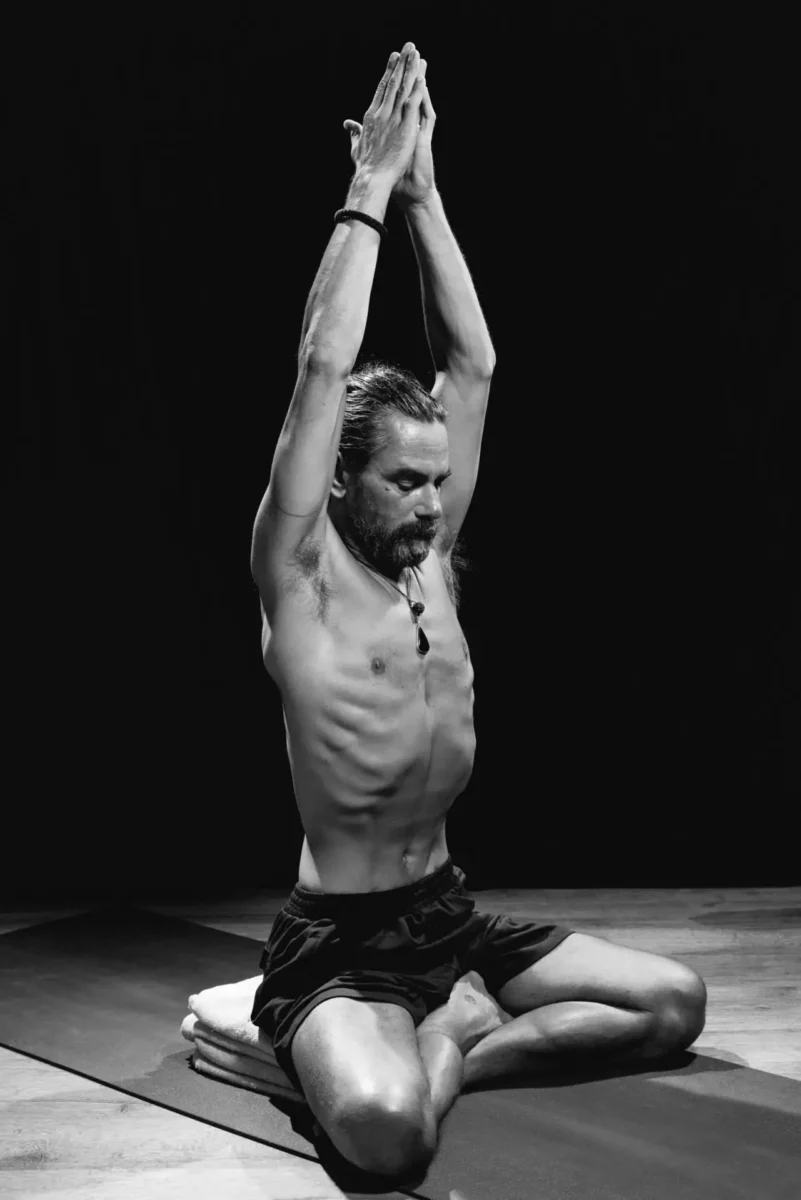
Second level
Antar kumbhaka
Antar kumbhaka, holding the breath after inhalation, is added to the pranayama from the previous level, which also includes working with bandhas.
Antar kumbhaka works mostly on centering energy within the heart center of a person and on his emotional purification. Kumbhaka significantly increases energy intensity and brings deeper peace of mind. It is an important part of pranayama and the way it is performed is a skill in itself.
There are two types of kumbhaka, after inhalation – antar, which is a simpler practice and after exhalation – bahya, which is a much more demanding and advanced practice.
Before integrating kumbhaka into your practice, one needs to learn to work with the breath in a relaxed manner and soften body and nervous system. Without developing this inner sensitivity, it is not wise to engage in this practice. This knowledge and experience is gained through practicing the techniques from the first level. Then kumbhaka is safe and brings exceptional benefits to the body and mind.
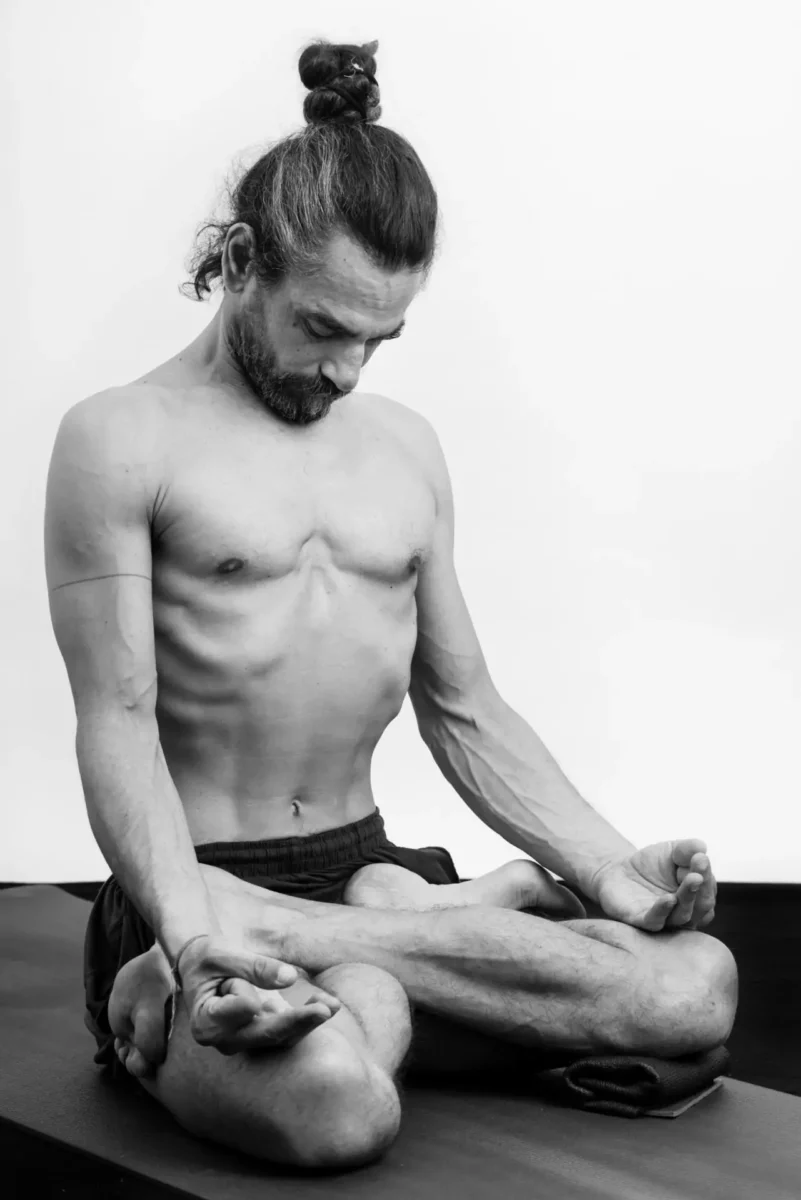
Third level
Bahya kumbhaka
At the third level, one learns to hold the breath after exhalation – bahya kumbhaka, using bandhas. This type of kumbhaka centers energy in the core – the area around the navel and solar plexus, where the unification of prana and apana occurs. As is the case with the heart center, the solar plexus is the seat of large accumulations of negative emotions that need to be discharged. The unification of opposing forces in Manipura leads to the discharge of negative emotions and a deeper awakening of Kundalini Shakti.
At this level, some of the 7 adopted pranayama from the first level will be performed with antar, while some with bahya kumbhaka.
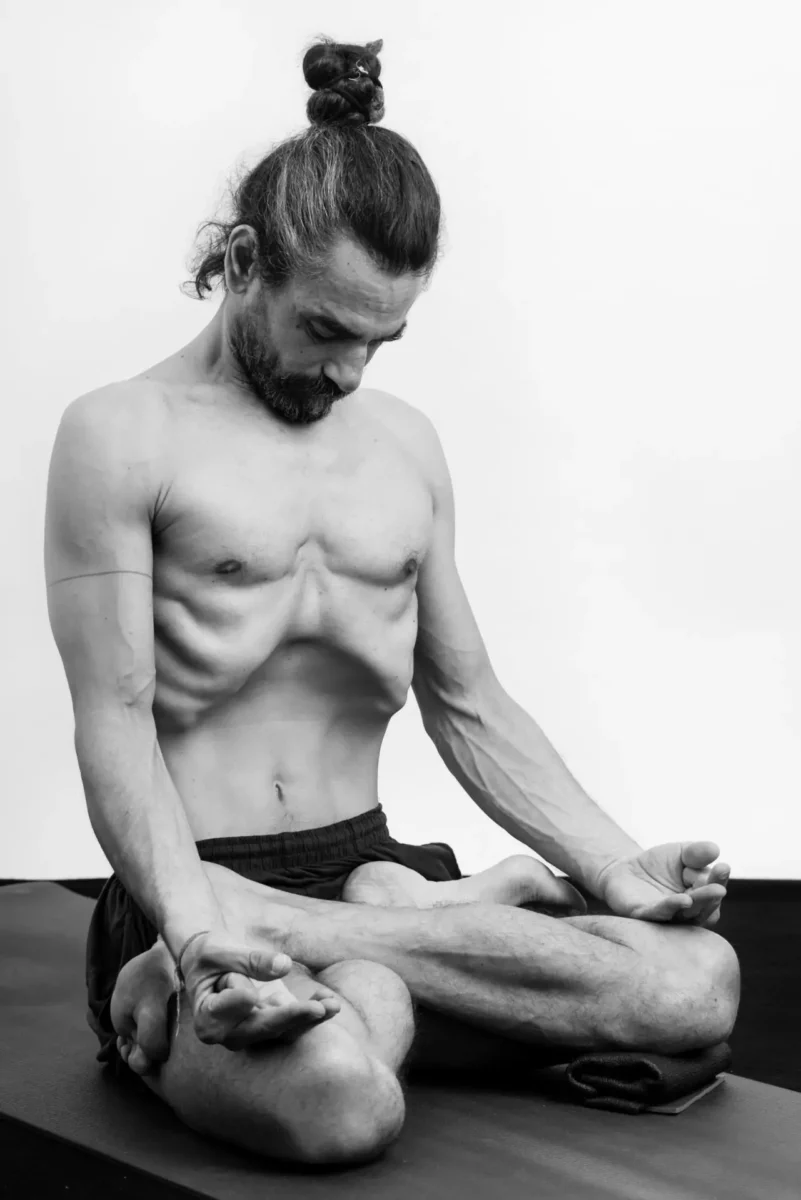
Fourth level
Antar and bahya kumbhaka
At this level, one learns how to integrate both types of kumbhaka within one pranayama. Alternating breath retention after inhalation and exhalation is a very potent way of performing pranayama, which requires significant experience and great breath control. In this way, all the benefits of pranayama are greatly intensified.
Fifth level
Mantra
Through this fifth and final level, several different mantras are integrated into the pranayama of the previous levels, which brings a completely new and deeper dimension to the world of pranayama. Some of the mantras are pronounced mentally, focusing attention on the movement of the breath in the body (inhalation, exhalation), while others are pronounced during the duration of kumbhaka. In this way, slowly and naturally, mental activity is suspended, and a state of inner silence is experienced. Also, the human energy body becomes extremely dense and integrated.
This is the oldest way of practicing pranayama and brings the deepest benefits on all levels of human existence.
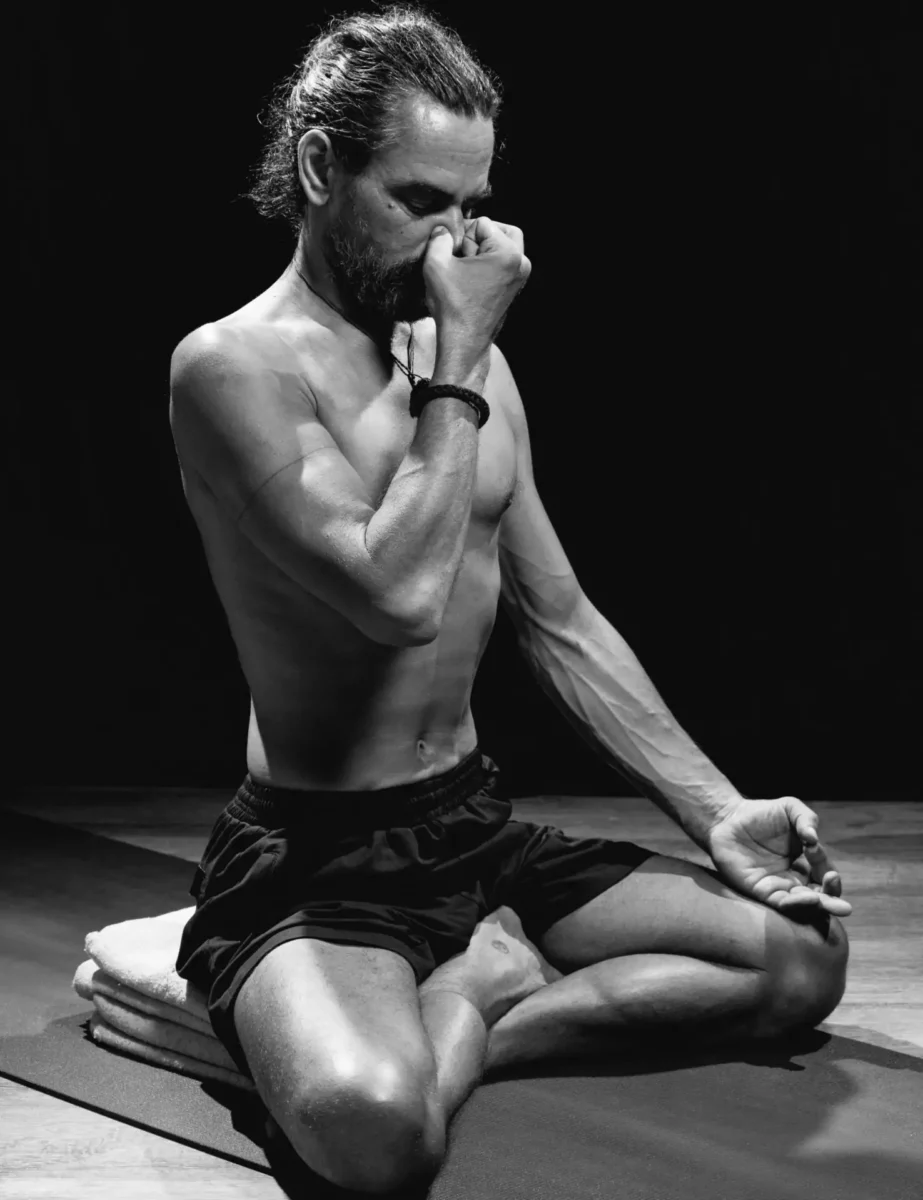
With these five levels of Mukti pranayama, all the knowledge of this ancient science of breath has been transmitted.
Mukti pranayama is a natural continuation of Mukti yoga and both the practices complement each other perfectly.
